Ladislav Vychodil (1920 – 2005) was a renowned stage designer, and one does not need to present him to Czech and Slovak theatre communities. It could even seem almost impossible to write something new about his work as his scenography has been analysed sufficiently, and they are represented in the collections of the Slovak National Gallery, The Museum of the Theatre Institute in Bratislava, Institute of Arts – Theatre Institute in Prague, and other Czech and Slovak institutions and private collections.
Ladislav Vychodil would have been 99 in 2019. The Slovak National Gallery has received a generous donation from Vychodil’s family that extends the current collections by documentation and scenography to more than two hundred theatre productions. We can evaluate his scenography and costume designs across six decades of his fruitful career. Many of the productions are also represented in the collections of the Theatre Institute in Bratislava, which holds thousands of stage designs and over a dozen theatre model boxes. This acquisition will allow us to evaluate the scenography of one of the most important personalities of the Slovak stagecraft, not only by completing some of the known facts and visual material but also by discovering new contexts and connections.
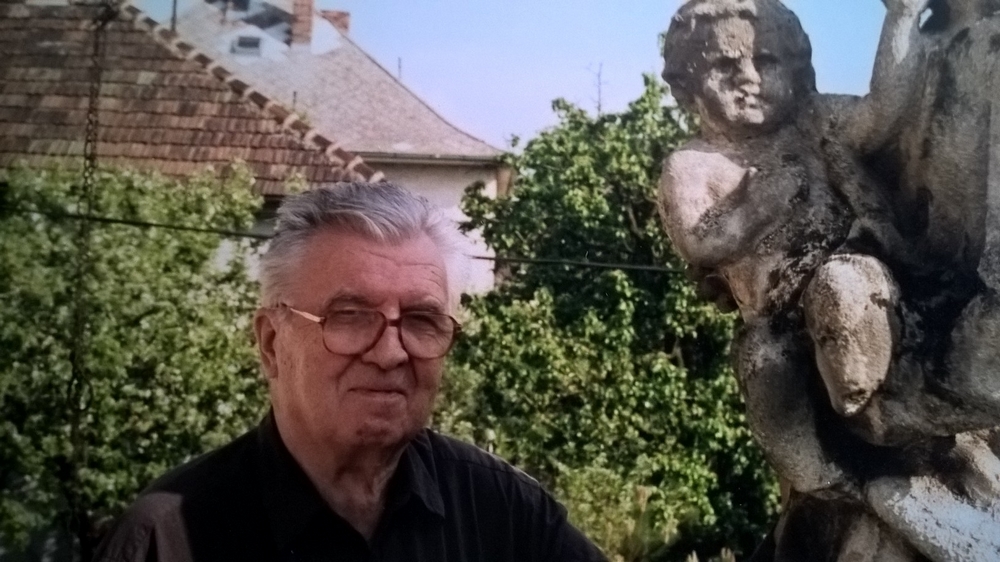
Ladislav Vychodil (a photograph from the family archives of Ladislav Vychodil)
The Slovak National Gallery held the first individual exhibition of Ladislav Vychodil’s works in 1978. It was on the occasion of the opening of the Cabinet of Applied Arts that was 'supposed to promote art that had been less followed by art critics', according to the curator of the exhibition, Agáta Kmošková. In the broader context, however, it is only fair to note that Czechoslovak scenography had been slowly emancipating since the beginning of the 1960s. Especially after receiving prestigious prizes at the Sao Paolo Art Biennial four years running (1959 – 1965). The Prague Quadriennale was established in 1967, and its aim was to bring the international display of scenography to Europe. By that time Vychodil had already had several individual exhibitions abroad, in places from Vienna through Budapest, Berlin, Paris to Argentina and Havanna.
The exhibition at the Slovak National Gallery presented ten theatre model boxes and under twenty stage designs representing Vychodil’s work between 1960 – 1975. The selection reflected the international prizes. For example, the model box of the production The Thief from London (1962) or The Makropoulos Affair (1973) and Optimistic Tragedy (1957) that were included at the exhibition in 1978 have remained in the collections of the gallery until the present day. On the other hand, the leaflet published for the exhibition reveals that there were also model boxes for highly valued productions such as Atlantis (1961) or Švejk in WWII (1972). The exhibition intended to present the peak of Vychodil’s career, although he had begun working as a stage designer in the early 1940s.
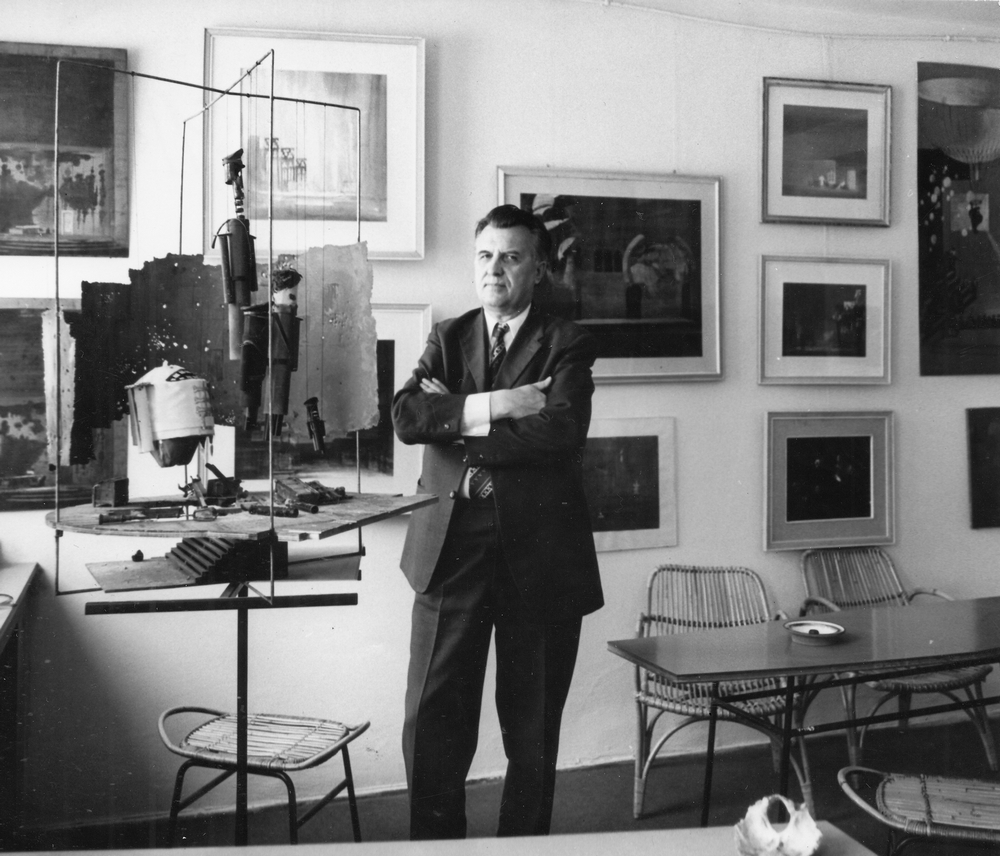
Ladislav Vychodil with the model box for the production Švejk in WWII. (a photograph from the family archives of Mária Hrankovičová)
Ladislav Vychodil was born in 1920 in a little village called Hačky in Moravia. Although he was of Czech nationality, he was often titled as the legend of Slovak stagecraft. The fact that, coincidentally, he was born the same year as the Slovak National Theatre was established in Bratislava was not among the main reasons. He was also one of the founders of the Department of Scenography at the Academy of Performing Arts in Bratislava and took a crucial role in building the Slovak National Theatre Shops in Bratislava, which was cited in American academic journals in the 1970s. Vychodil had helped build the name of the Slovak scenography abroad despite the political restrictions of the period as he often worked for theatres outside Czechoslovakia and also supported his students to take on opportunities to work abroad.
He managed to start his career at the Slovak National Theatre quite early, just after finishing his painting and technical drawing studies in Prague and Brno (School of Applied Arts, 1938). While in Prague, Vychodil took private classes with František Tröster who referred him to the then director of the Slovak National Theatre in Bratislava. Coincidentally his talent and the situation of the Slovak National Theatre allowed for him to become the chief director of the stage design when he was only 25 years old.
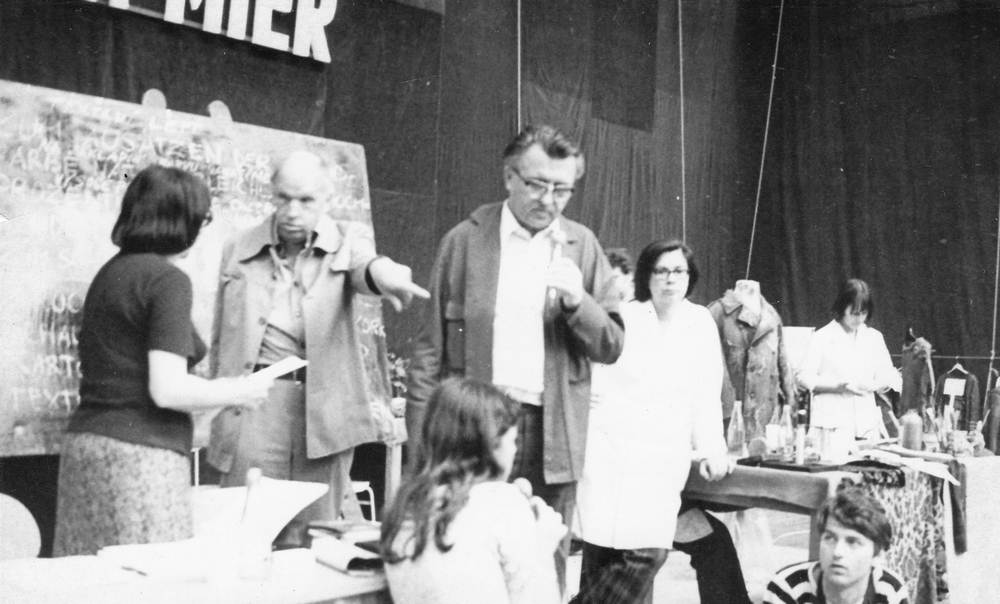
Ladislav Vychodil at the Slovak National Theatre Shops. (a photograph from the family archives of Mária Hrankovičová)
Vychodil created stage designs for over 560 productions, more than 50 of which were realised outside Czech and Slovak theatres. The majority of his foreign collaborations took place after 1962 which can be linked to two factors. After multiple success at the Sao Paolo Art Biennial, more theatres sought Vychodil’s expertise for their projects. In 1963 Vychodil, together with Ludmila Purkyňová, participated in a lecture round in Havana and following that, their students landed important jobs within their local theatre communities, as indicates by the catalogues from the following Prague Qadriennales.
Vychodil received an invitation to lecture on scenography at the University of California in Santa Barbara and later also in Canada. As he was also a general director of OISTT (international organisation associating stage designers, theatre architects and technicians - later renamed to OISTAT,), he had to travel around the world due to the job assignments concerning the organisation. Despite most of the newspaper articles devoted to Vychodil’s jubilees mentioning his international successes, often including lists of cities, they did not include any further specifications of his activities or reasons for travelling. In fact, we know very little about his lectures in the USA or his productions outside Czechoslovakia.
Jarka M. Burian, an American historian of Czech origin, became interested in Vychodil’s work and conducted several interviews with him between 1975and 1990 when visiting Czechoslovakia to attend the Prague Quadriennial. Burian and Vychodil analysed the specifics of Czech and Slovak stagecraft as well as many of Vychodil’s productions abroad that could not have been discussed at home.
The recordings of the interviews, as well as personal correspondence between Vychodil and Burian, are preserved in the collections of Jerome Lawrence and Robert E. Lee Theatre Research Institute in Columbus in the state of Ohio where I was honoured to be able to study them in 2017. Among the most intriguing moments of the interviews were those in which Vychodil discussed his foreign collaborations openly on productions of plays that were forbidden in Czechoslovakia and how he dared not to brag about them at home. Burian was working on a publication on Vychodil’s foreign collaborations which, according to the preserved correspondence, was supposed to be published both in English and Slovak but most probably did not come to fruition in the end.
We can evaluate scenography from various angles. We can judge the quality with regards to the distinction of theatre production and its socio-historical impact but also according to the artistic design of the model box or stage designs. Ladislav Lajcha assessed Vychodil’s scenography as a theatre historian and critic. Therefore he divided his works into several clusters with regards to the collaborations with various directors. My research of his scenography is concentrated on the visual aspects as I have not had a chance to see the productions he designed for in theatre but at the same time because I consider such an approach equally important. Vychodil reflected upon his designs in many interviews and academic papers, emphasising that his work always had to reflect the current social affairs.
Leoš Janáček: The Macropoulos Affair, 1973, Slovak National Theatre, direction: Branislav Kriška
The collection we are offering to you at the moment consists of the most crucial works dating from the end of the 1950s until early1980s. With this selection, we can begin following the development of his artistic style within the third period of his career. We are excluding the first three seasons of his activity at the Slovak National Theatre when he derived his inspiration from his teacher František Tröster, as well as the period of rigid application of Socialist Realism (1948- 1956). The 1950s, generally considered as the period of the greatest lapses, are usually tactfully omitted in historical overviews. The interviews of Vychodil and Jarka Burian suggest, however, that even though Vychodil did not agree with all the requirements of Socialist Realism in scenography, he considered it the period of searching for the most suitable expression of the current period.
"At least we learned how to work with historicism."
Vychodil interviewed by Burian, Jerome Lawrence and Robert E. Lee Theatre Research Institute v Columbus
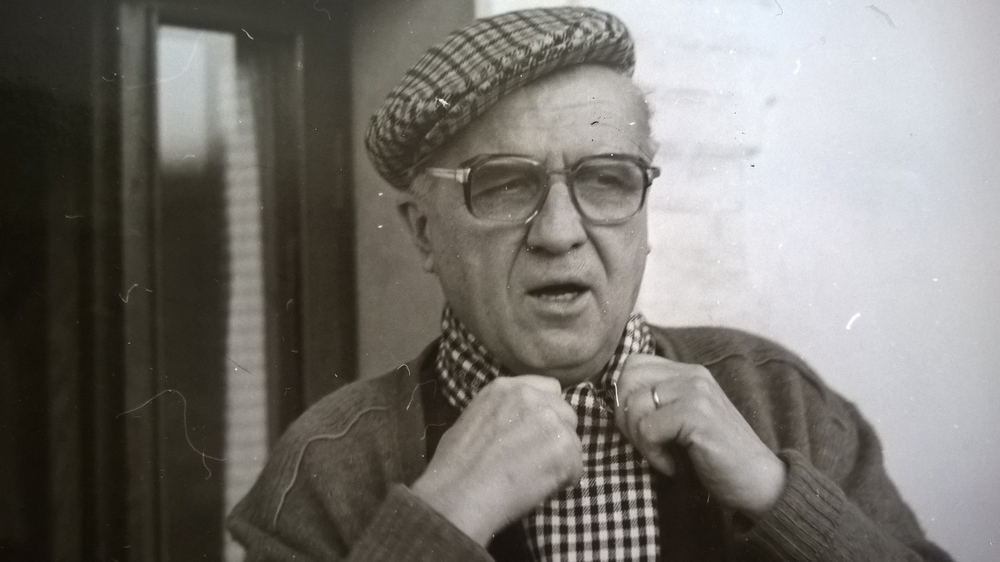 Ladislav Vychodil (a photograph from the family archives of Ladislav Vychodil)
Ladislav Vychodil (a photograph from the family archives of Ladislav Vychodil)
The oldest artworks from the collection date back to 1957. The renderings for the production of Vishnevsky’s Optimistic Tragedy represent a disruption of his previous style of rigid descriptive realism prevailing in the first half of the 1950s. He returned to the resources of Czech Expressionism and his previous inspiration by the work of František Tröster or Vlastislav Hofman, but also to the theory of Swiss architect Adolph Appia who emphasised space, functionality, horizon and light united into a specific artistic style. Light became the most crucial feature of the stage for the Optimistic Tragedy. Vychodil explained the so-called “lighting-ability” to Burianovi as follows:
‘We have materials that are plain ugly when unlit, and they don’t speak to us, but when they are illuminated by a central focus light, they suddenly blossom and are full of fantasy and can bring about emotions. I think that is one of the most important tasks of a stage designer or artist on the stage is to search for such materials constantly. The stage designer needs to work with such materials because to pull a canvass on a frame and paint all over it, that is a two-thousand-year-old technique utilised since the Greek theatre tradition; there is nothing new to invent about that.’
Vychodil interviewed by Burian, Jerome Lawrence and Robert E. Lee Theatre Research Institute v Columbus
Vítězslav Nezval: Atlantis, 1961, Slovak National Theatre, direction: Tibor Rakovský
Vychodil developed light as the primary artistic principle also in his iconic stage design for the production of Nezval’s drama called Atlantis (1961). He had also returned to the so-called linear poetics, and he drew ‘lines of force’ all over the stage and the horizon. His stages often incorporated metaphoric elements which were meant to add a poetic feeling to the stage on top of functional stage properties. The metaphoric elements, as he called them, were often plaited from metal wires and therefore appeared as graphic designs against a neutral background. They were not supposed to describe specific places. Instead, they were meant to support the atmosphere and add to the picturesque visuality of the whole design of the stage. They were derived from Salvador Dali’s surrealism.
Wiliam Shakespeare: Twelfth Night, 1962, Slovak National Theatre, direction: T. Rakovský.
‘Real things in unreal or rather unusual juxtapositions create new metaphoric meaning. So I came to a conclusion: not a decoration, but a stage property. Stage property-metaphor.‘ (HRABOVSKÁ, K.: Nie dekorácia, ale rekvizita. [Not a Decoration, But a Stage Property.] In Kultúrny život, XVII, 1962, č. 18, s. 1 and 8.)
Vychodil chose a similar approach to stage design for the production of Shakespeare’s comedy As You Like It (1962). He used drawing to divide the stage in the form of vertical see-through plastic stripes. He achieved a similar effect of linear drawing by colourful lighting of the stripes. He then developed the approach for the stage of the opera Orpheus and Eurydice (1966) directly referred to as Op-art.
The encounter with Alfréd Radok, a Czech director, was formative for Vychodil’s career after 1962. He had to leave the National Theatre in Prague and, for some time, worked for smaller theatres that had neither generous space nor modern technology at their disposal. One of the best-known collaborations of Radok and Vychodil is the production of The Thief from London (1962) at the Mestské divadlá pražské [Prague Municipal Theatres]. The principle of stage property-metaphor had been advanced to the diameter of functionality when ‘stage properties do not pretend they are real and emphasize their theatrical function. A cupboard or armchairs have explicit and stylized handles and wheels in order to facilitate the fast changes between the acts.’ (HRABOVSKÁ, K.: Nie dekorácia, ale rekvizita. [Not a Decoration, But a Stage Property.] In Kultúrny život, XVII, 1962, č. 18, p. 1 and 8.)
The model box of the Thief was among the awarded work at the international Sao Paolo Art Biennial and was then exhibited at the first Prague Quadriennial in 1967 (archive video available here) together with the model box of another important production, Čapek’s Power and Glory (1958). Together with the director Jozef Budský, Vychodil updated the play to react to the existing threat of nuclear war. Vychodil decorated the backdrop in the shape of a hemisphere with newspaper headlines and articles regarding nuclear energy, suggesting the threat of nuclear war hanging over the scene as the sword of Damocles.
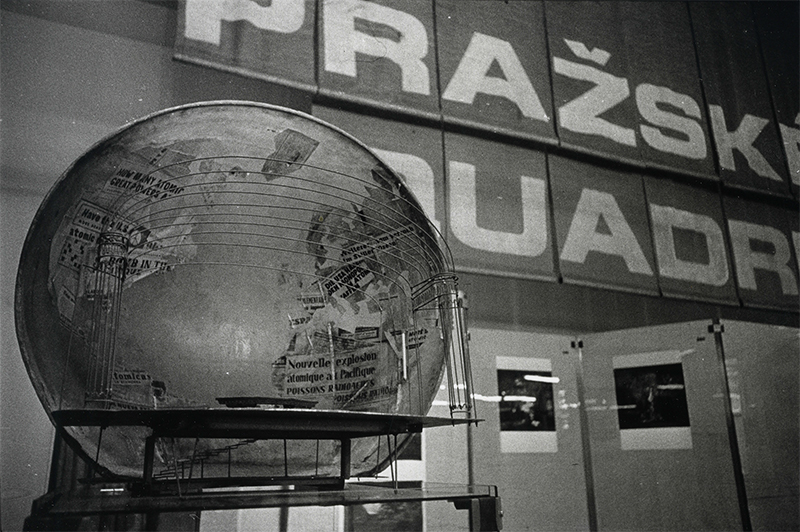 Karel Čapek: Power and Glory, 1958, Slovak National Gallery, direction: J. Budský. Photograph from the exposition at the Prague Quadriennial 1967. (Author of the photograph: Vilém Sochůrka, PQ Archive)
Karel Čapek: Power and Glory, 1958, Slovak National Gallery, direction: J. Budský. Photograph from the exposition at the Prague Quadriennial 1967. (Author of the photograph: Vilém Sochůrka, PQ Archive)
‘Burian: And why did you come up to such approach with Radok?
Vychodil: There are several reasons. One of them is clearly practical as the theatre was so small that there was not even space for storage and everything had to be on the stage in order to decorate all the acts at once... It was the first time I had to create a stage as if without decorations and the stage properties took on functions according to how they were utilised by the actors. For example, in one moment the faces that are here turned around, and it became a street, and the characters looked for street numbers... On the one hand, I was intrigued to work in a different mode, but on the other, I felt the stage designer almost disappeared and became stage property manager that was informed and had some culture, but the fame of the stage designer was gone completely.’ Vychodil interviewed by Burian, Jerome Lawrence and Robert E. Lee Theatre Research Institute v Columbus
Vychodil utilised the inspiration derived from the previous collaborations with Radok when designing the production Strange Case of Dr Jekyll and Mr Hyde (1986) in Santa Barbara. He spread the stage among multiple booths which provided space for simultaneous actions in multiple settings. The part of the stage where the main action took place was light, and there were a total of 14 different locations and 120 acts. Vychodil expressed the complicated plot and anxiety of the main character through the diving panels that were partially solid, partially open, and graphically structured by a red luminescent grid that also ran above the auditorium.
In 1990 Dagmar Poláčková prepared an individual exhibition of Vychodil’s scenography at the Slovak National Theatre, documenting his career over forty years. The content of this exhibition has also been preserved thanks to a television documentary including an interview with Vychodil conducted by Ladislav Lajcha. You can watch their reflection on some of the exhibits in a short edited video from the documentary.
Ladislav Lajcha assessed Vychodil’s overall significance in the history of theatre production in several monographs. Dagmar Poláčková and Věra Ptáčková also analysed his work in several research papers and articles. Věra Ptáčková wrote about Vychodil as ‘a phenomenon’ of Slovak scenography, and she opened her essay called A Phenomenon Vychodil in the publication Divadlo na konci světa [Theatre at the End of the World] with his own words stating he wished to have another book published on his stagecraft as he wanted to leave something behind. Although that book he wished for was published in 2003, he omitted so many valuable documents and artworks that the quality and content of the material would suffice for a large extension.
Zostrih sprievodného videa k výstave z roku 1990
Bibliography: 
LAJCHA, L.: Ladislav Vychodil. Bratislava : Tatran, 1980.
LAJCHA, L.: Ladislav Vychodil. Bratislava : Tatran, Divadelný ústav, 2003.
MOJŽIŠOVÁ, I. – POLÁČKOVÁ, D.: Slovenská divadelná scénografia. [Slovak Stage Design]. Bratislava : Slovenská národná galéria; Divadelný ústav, 2004.
PTÁČKOVÁ, V.: Divadlo na konci světa. [Theatre at the End of the World]. Praha : Pražská scéna, 2008.
Exhibition: Galéria 19: Ladislav Vychodil, od 18. 5. 2018 do 1. 7. 2018.
KOBLIŠKOVÁ, Z.: Ladislav Vychodil’s Approach to Designing Stages for Shakespeare Home and Abroad, In Theatralia 21, 2018, 2 (79—94).
Part of the research was supported by public resources in the form of scholarship granted to the author by Fond na podporu umenia [Slovak Arts Council].
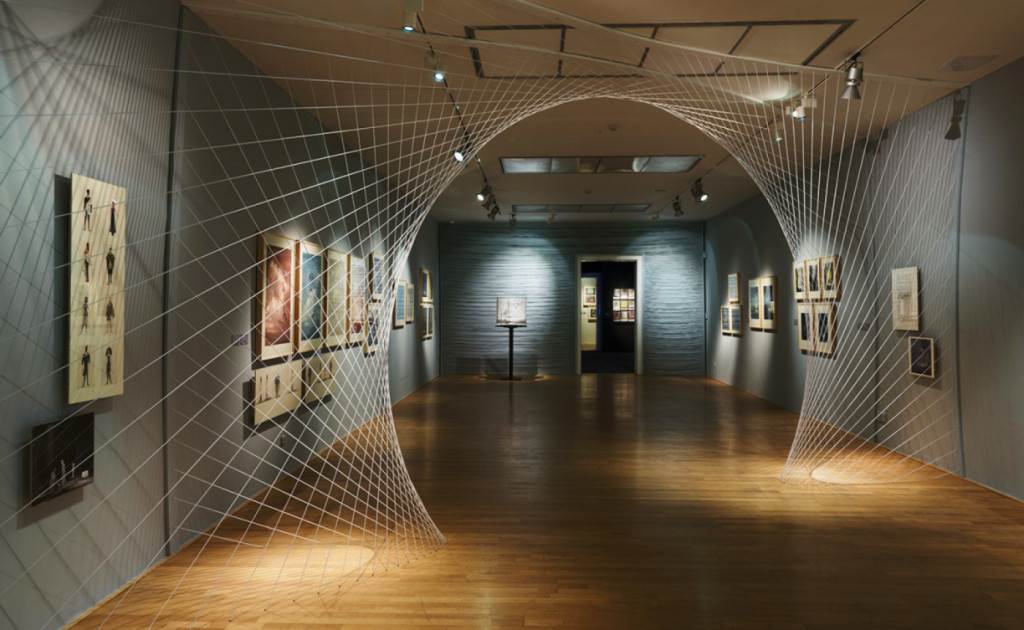
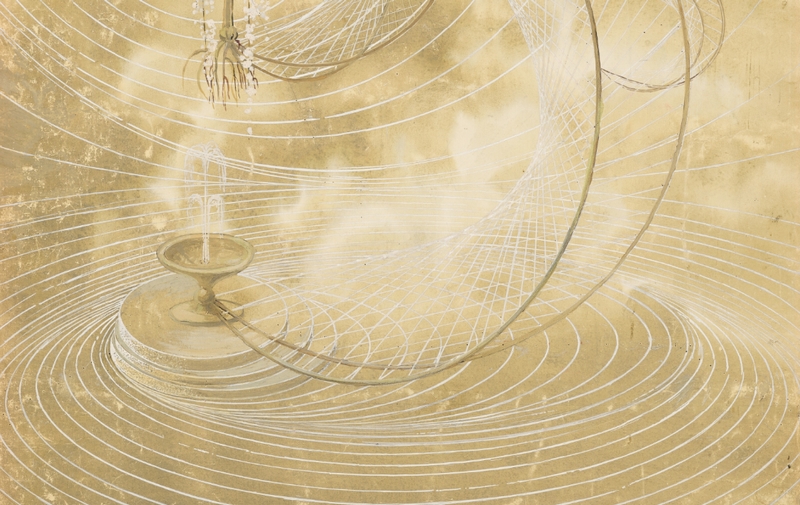
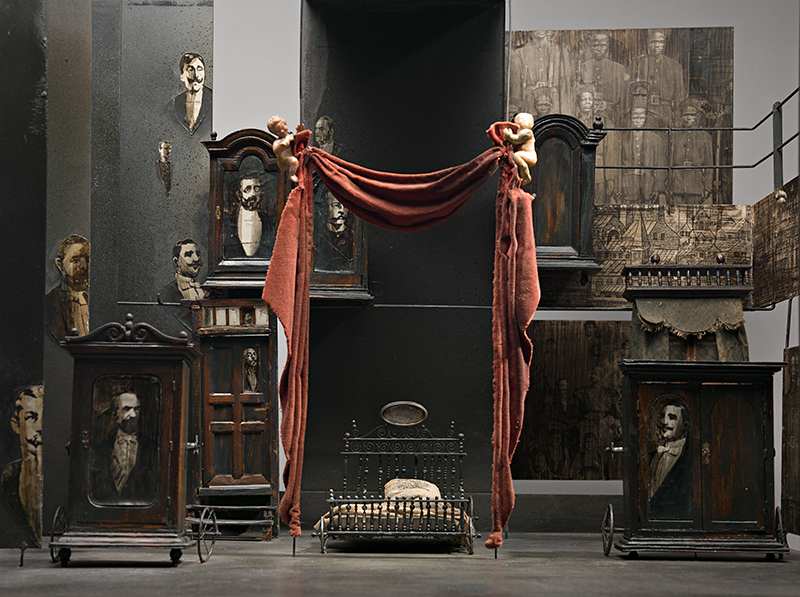 Georges Neveux: The Thief from London, 1962, Městská divadla pražská [Prague Municipal Theatres], Prague, direction: Alfréd Radok. Detail of the model box.
Georges Neveux: The Thief from London, 1962, Městská divadla pražská [Prague Municipal Theatres], Prague, direction: Alfréd Radok. Detail of the model box.